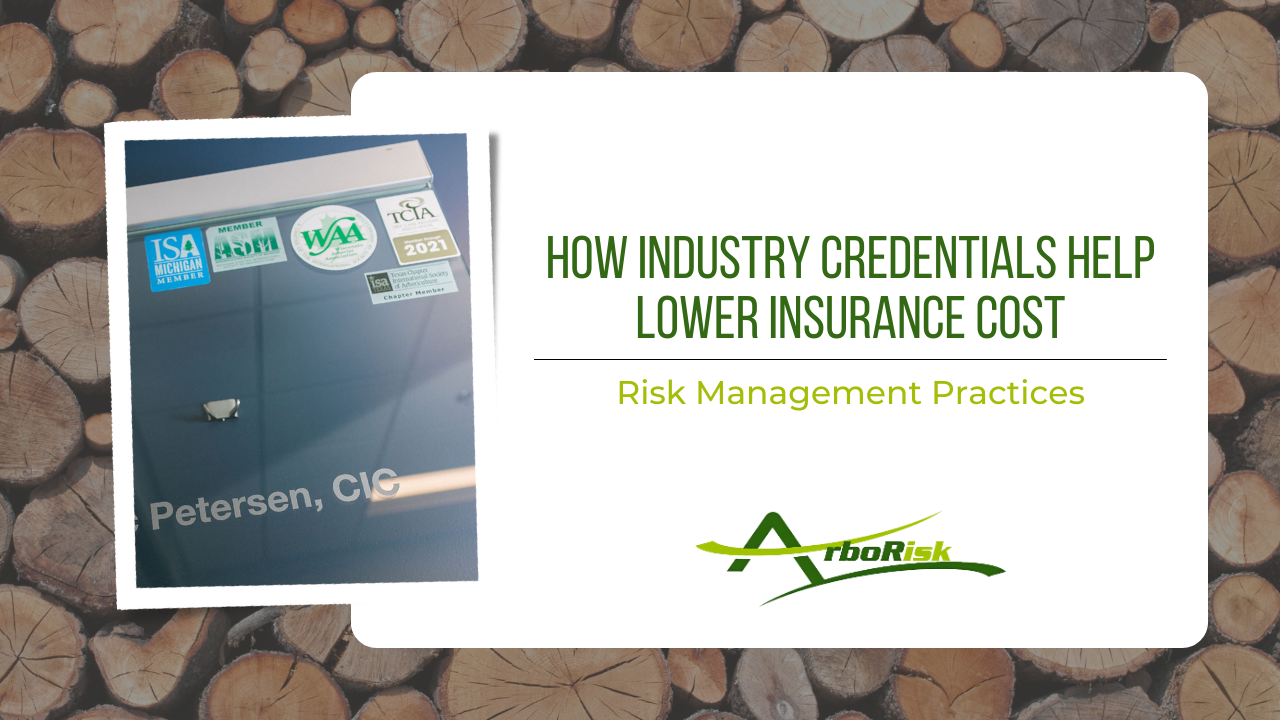Why You Need D&O Insurance
Why You Need D&O Insurance
Written by Eric Petersen, CIC
Sure, you know that being a business owner is risky, but do you know you could get sued personally for the decisions you make for your company? Unfortunately, business owners of privately held companies can find themselves in a lawsuit from a business decision they made on behalf of their own company. Fortunately, you can protect yourself and the other officers of your company with a Directors & Officers Insurance policy.
Often referred to as a D&O policy, this coverage is typically associated with large publicly held companies or non-profits, however every private company has some exposure that a D&O policy can protect against.
A D&O policy is a liability policy designed to protect the personal assets of the directors and officers of a company if they are sued by interested parties for actual or alleged wrongful acts in managing the company. Employees, vendors, competitors, investors, or customers all could bring a case against the directors of a tree service for a decision or series of decisions that they make on behalf of the company.
The D&O policy pays for defense costs that the directors incur as well as any damages that are awarded as long as the lawsuit wasn’t from an illegal act. There are a number of reasons a director could be sued individually, however a few of the more common are:
- Decisions that lead to financial loss or bankruptcy
- Overstating company’s financial strength or assets
- Poor use of company funds
- Lack of company oversight (corporate governance)
- Failure to comply with workplace safety and employee management laws
In today’s world there is more focus on personal accountability and more and more people are attempting to hold business leaders accountable for their actions. This happens not only from an employee or investor standpoint, but also from the customers and other competitors if the neglect is bad enough where they can show how they were financially damaged from the tree service owner’s decision or lack of action.
Tree care companies experiencing rapid growth also are subjected to greater exposure from these types of lawsuits as they navigate their way through all of the change that their company is going through. Most business owners have not been through rapid growth before and certainly make mistakes along the way. Sometimes those mistakes end up hurting others financially.
D&O policies have a number of coverages that can be included in the policy. For instance, many D&O policies will give have the option to include Employment Practices Liability for hiring/firing, discrimination and sexual harassment lawsuits. You may also be able to purchase Fiduciary coverage to protect the person in charge of the retirement account and company funds. Some D&O policies will also include Crime coverage, protecting the business from theft of funds or company assets.
Because each D&O policy is unique, make sure you talk through your concerns with your insurance agent or reach out to an ArboRisk team member today. If you are struggling with developing a risk management program for your company, check out our Thrive New Heights Risk Management Package today!



Recent Comments